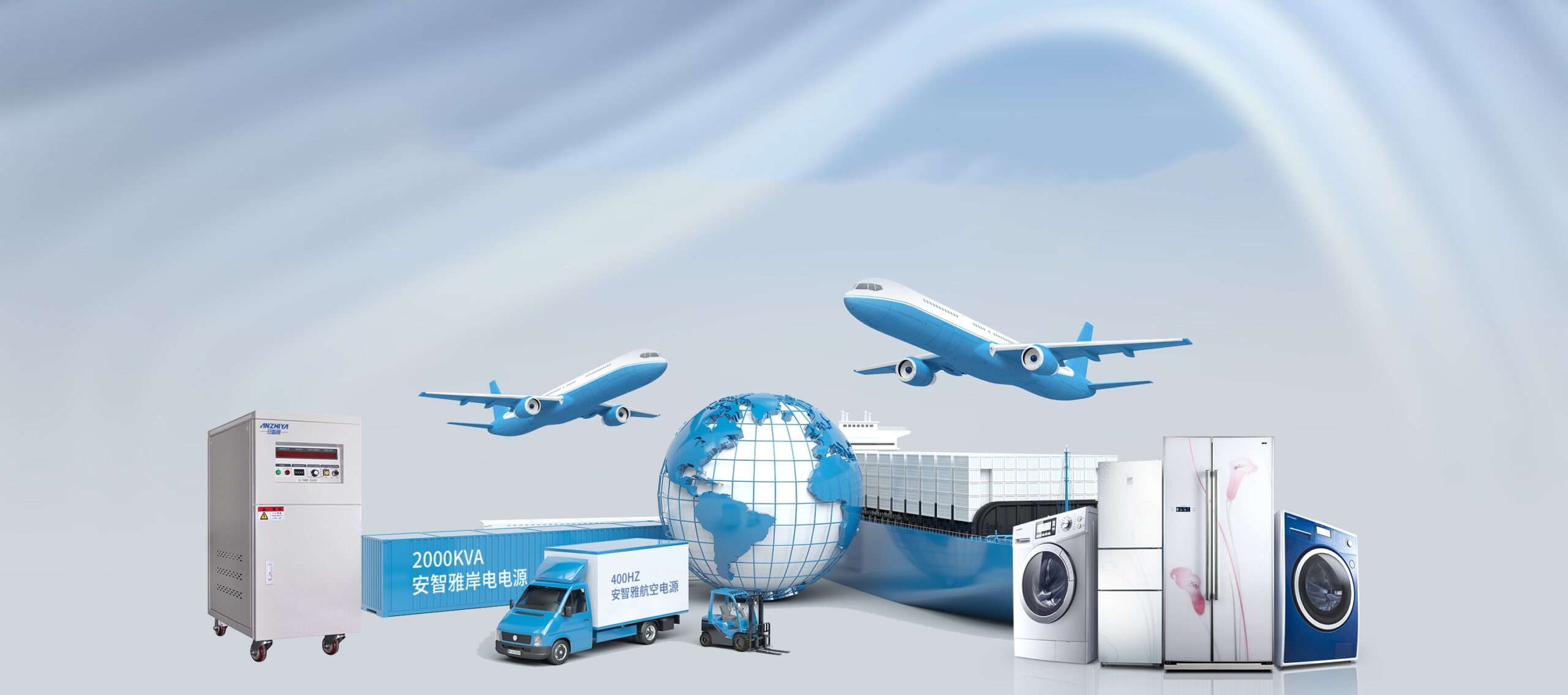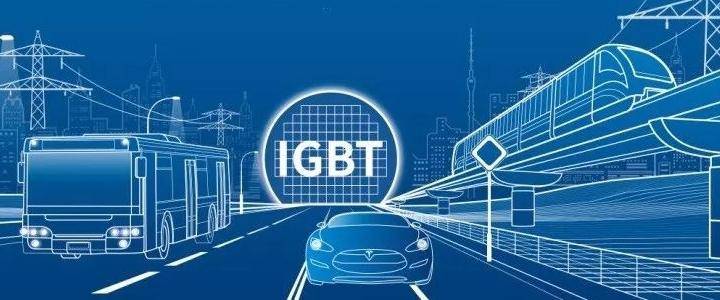High-voltage inverters are typically used in industry for high-power, high-voltage (usually over 1kV) applications. They can provide high output power and carrying capacity and are suitable for driving large motors, generator sets and other high-power equipment. High-voltage inverters often have more complex circuit designs and control systems to cope with high voltage and high current requirements.
Low-voltage inverters, on the other hand, are suitable for low-voltage (usually below 1kV) applications, and are widely used in household appliances, small mechanical equipment, air conditioners, and so on. They usually provide lower output power and are suitable for speed regulation and control of low-power equipment. Low-voltage inverters are smaller and less expensive than high-voltage inverters, and are easier to operate and maintain.
To summarize, high-voltage inverters are mainly used for high-power applications in industry, while low-voltage inverters are suitable for low-power applications in homes and small equipment. They differ significantly in voltage range, power level and applicable scenarios.

AZY-10KVA High-voltage Frequency Converter
- Input Phase : 3 phases 4 wires
- Input voltage: 380VAC±15%
- Input frequency: 60Hz
- Output : Single Phase
- Output voltage: 0-300VAC Continuously adjustable
- Voltage accuracy: ≤±1%
- Output frequency: 47-63hz adjustable
- Frequency adjustment resolution: 0.1Hz
- Low Grade Output current:83.3A
- High Grade Output current:41.6A
- Output capacity: 10KVA,8000W
- Circuit mode: IGBT/SPWM
- Machine size: W430×475H×600D(MM)
- NW/GW: 70KG/100KG
Single Phase Input 3 Phases Output 15KVA Frequency Converter
Input Phase : Single Phase
Input voltage: 220VAC±10%
Output Phase: 3 Phases
Output voltage: 0-520VAC Continuously adjustable
Voltage accuracy: ≤±1%
Output frequency: 50hz
Frequency adjustment resolution: 0.1Hz
Low Grade(Each phase) Output current:42A
High Grade(Each phase)Output current:21A
Output capacity: 15KVA,12KW
Circuit mode: IGBT/SPWM
Machine size: 7805001060(MM)
NW/GW: 180KG/200KG

High-voltage frequency converter and low-voltage frequency converter are two different kinds of frequency converter equipment, and their main difference lies in their applicable voltage range and power level:
| High-voltage frequency converter | Low-voltage frequency converter | |
| Voltage range | >1kv | <1kv |
| Applicability | High-voltage power grid system | Low-voltage power grid system |
| Power level | High-power and heavy-duty applications, such as industrial motors, generator sets, etc., which can withstand larger currents and loads. | Small power applications, such as small mechanical equipment, household appliances and so on. |
| Circuit design and control mode | High-voltage inverters usually use higher voltage levels and more complex circuit designs to meet the requirements of high-power applications. | Low-voltage inverters are more simplified and offer more flexibility and convenience in design and control. |
Despite these differences between high-voltage and low-voltage inverters, they also have connections and interactions. In some application scenarios, it may be necessary to connect and match high voltage and low voltage systems, using high voltage inverters and low voltage inverters to work in coordination with each other to meet the needs of the entire system.
In addition, both high-voltage inverters and low-voltage inverters belong to frequency converter technology, and their basic principles and functions are similar, both of which can realize the functions of speed regulation, energy saving and control of motors.



